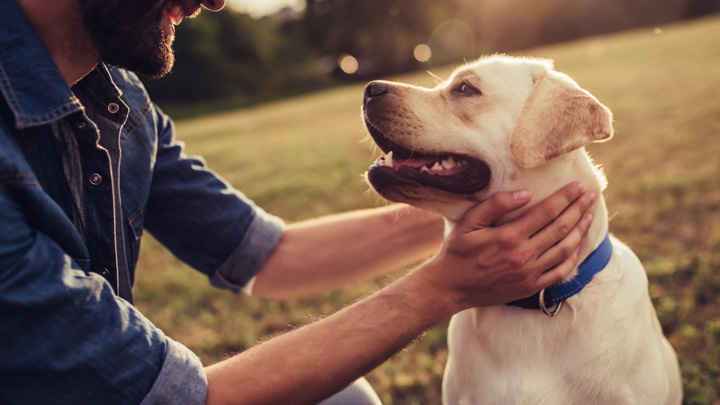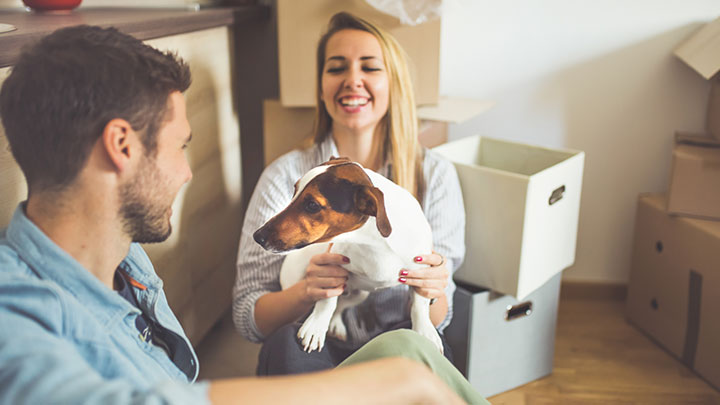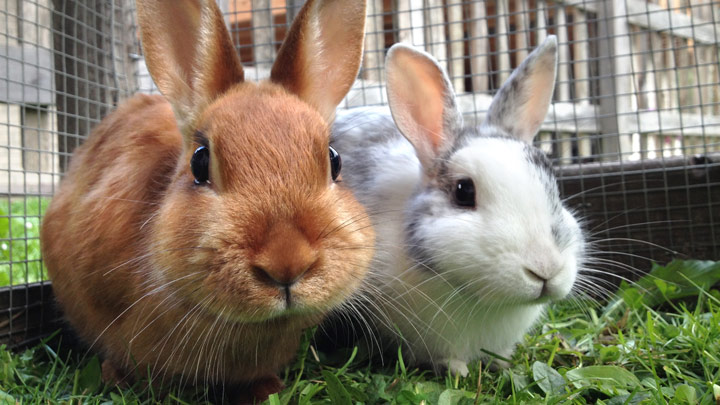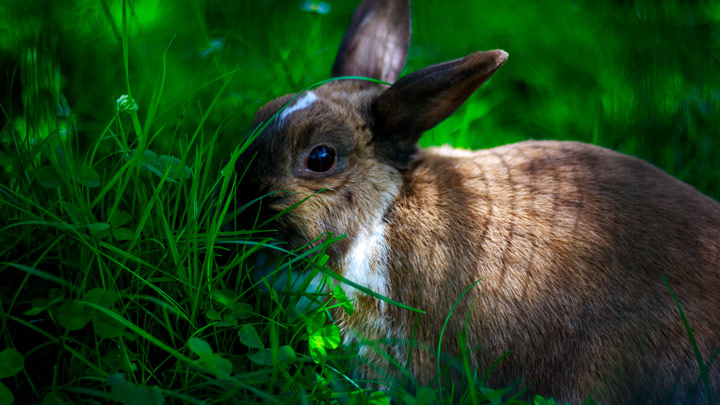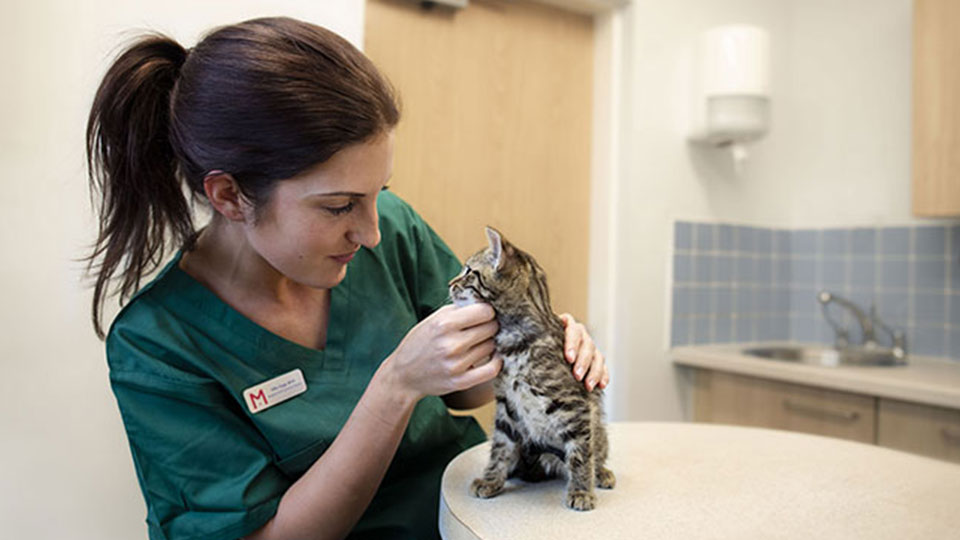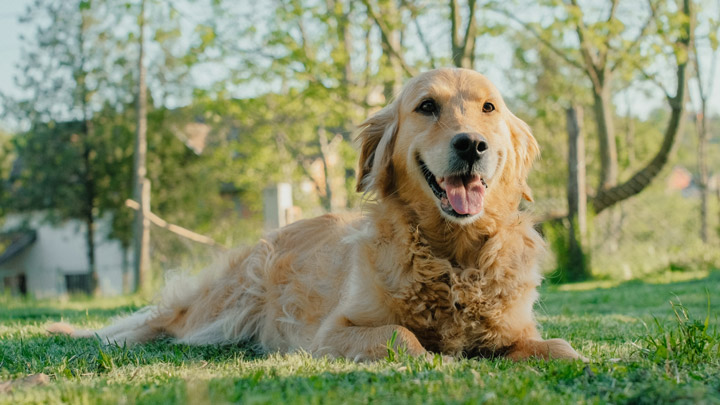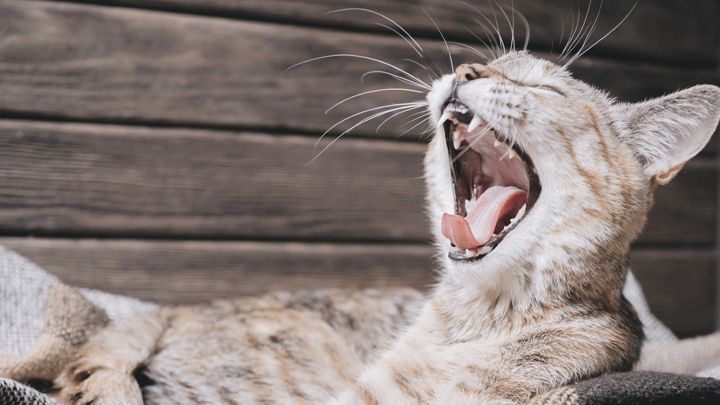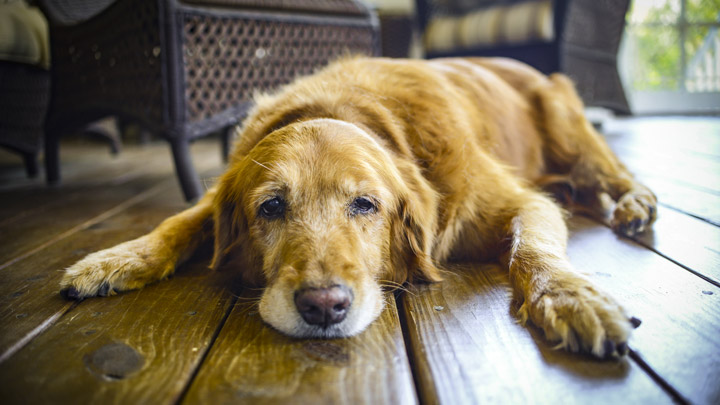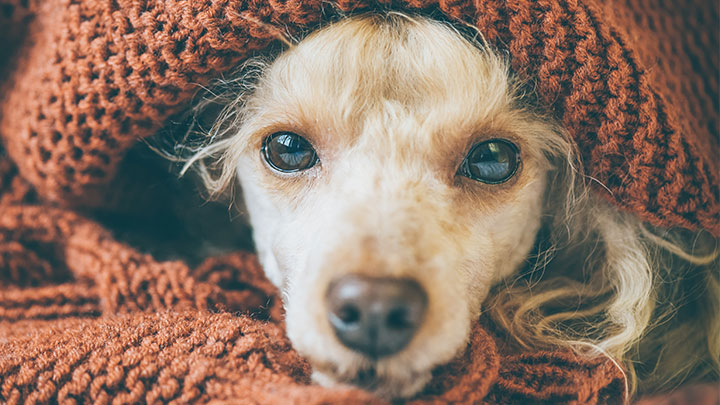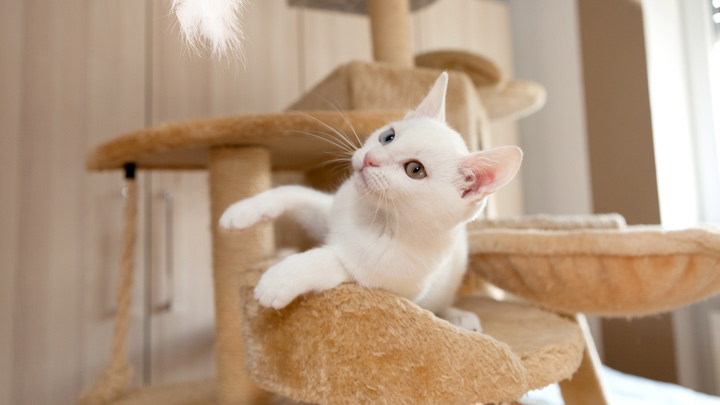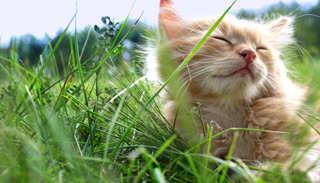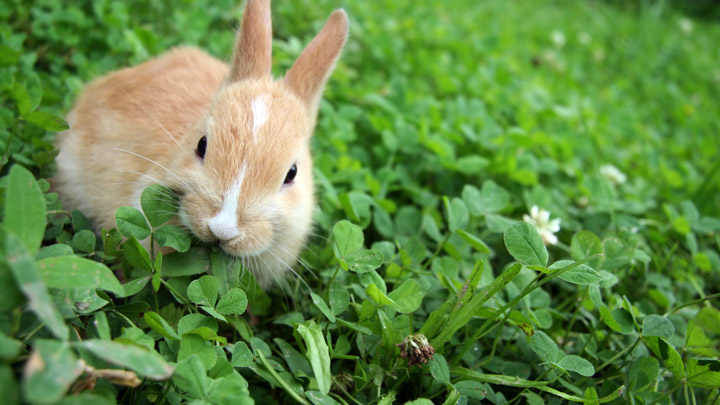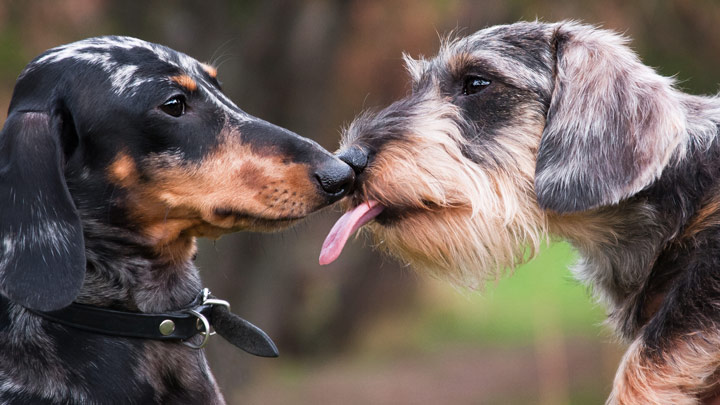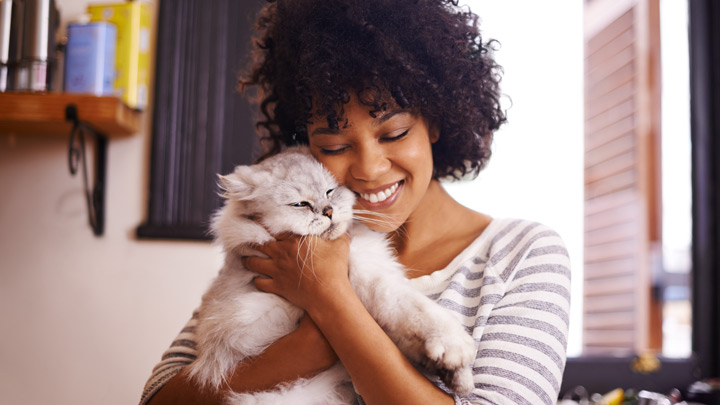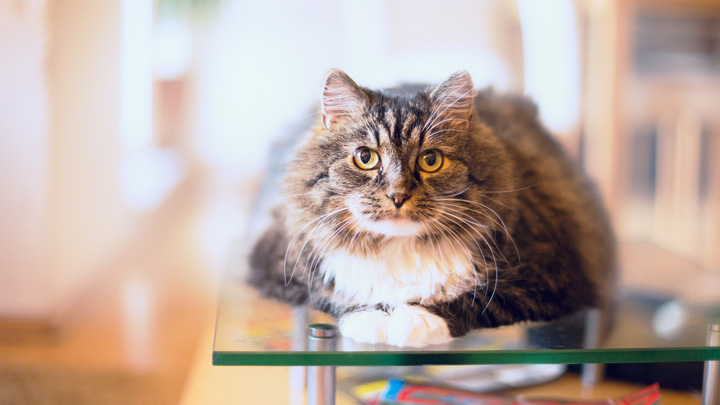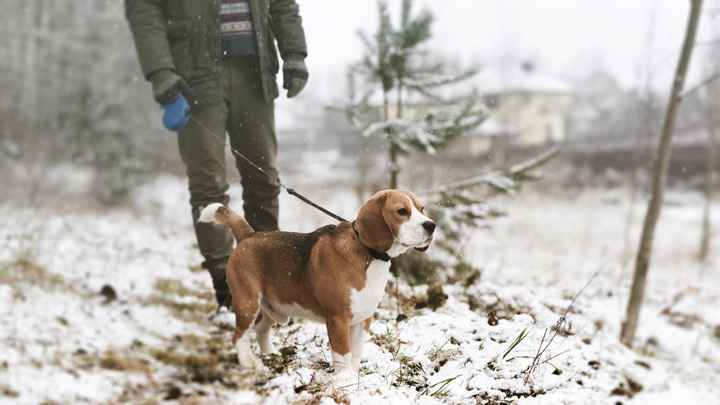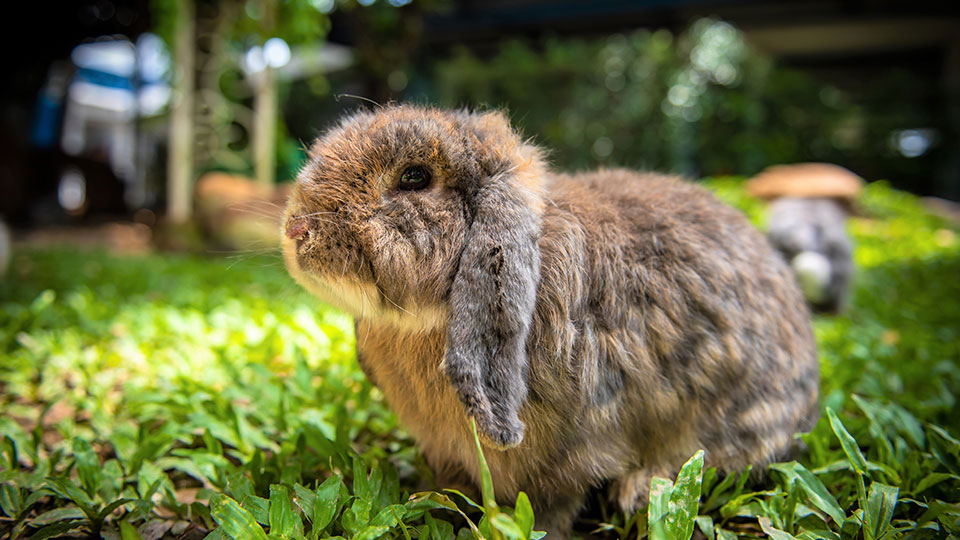Laparoscopic Spays and Neutering
Deciding to neuter your female pet
At Medivet we understand it’s a big decision deciding whether to get your female pet neutered. We would always recommend a discussion with your vet to understand if it is the correct approach for your pet, and if so at what age it is appropriate to be performed.
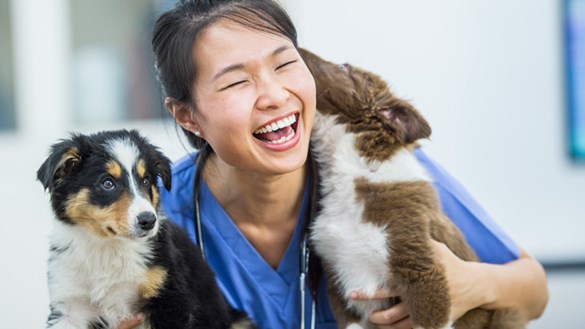
Even if you’re sure it’s the right choice, you want the procedure to be as comfortable and pain-free as possible. Laparoscopic spaying is a gentle, minimally invasive option that offers your pet a quicker recovery than traditional spaying.
Want to know if a lap spay is right for your pet? Chat with your local Medivet vet to find out more - we're here to help.
What is a laparoscopic surgery?
You might be familiar with the term keyhole surgery - it's commonly used to describe laparoscopic surgery, which was originally developed for humans and is now widely used for pets too.
This procedure is far less invasive than traditional surgery, meaning your pet may experience reduced pain and discomfort with a quicker recovery time. Instead of a large incision, the vet makes small cuts to insert instruments and a camera, allowing them to perform the surgery with precision while seeing everything on a screen.
When are laparoscopic procedures chosen?
Your vet will carry out a pre-surgery check to make sure your pet is healthy. They’ll decide if laparoscopic surgery is the best option or whether open surgery is more appropriate based on their weight, size, fitness and any other health conditions they may have.
The laparoscopic spay procedure
A lap spay is a routine, minimally invasive procedure in which your vet will remove your female pet’s reproductive organs so they can no longer get pregnant.
Your pet will be given a general anaesthetic and pain relief. Once they’re under the vet will make two or three small incisions (about 0.5-1cm long) on your pet’s abdomen. They’ll insert a small camera through one of the incisions which will allow them to see clearly what is going on without needing a large incision. The vet carefully cuts and removes the ovaries while monitoring the procedure on screen before closing the incisions with stitches or surgical glue.
Benefits for your pet
Lap spaying offers considerable advantages over traditional spaying:
- Faster procedure – Your pet will usually spend less time under general anaesthetic
- Faster recovery – Your pet can usually return to their normal activities within a few days and the need for extensive post-surgery care is reduced
- Lower risk of complications – Small incisions mean there’s a lower risk of bleeding, bruising and infection both during and after surgery
- Less stress for your pet – Your pet’s overall pain and recovery times are lower, meaning less stress for them and you
Pre- and post-operative care
Your pet will have a pre-surgery check-up where your vet will provide advice about what to do on the day. Usually, they’ll ask you to withhold food for a period of time before the procedure. You’ll drop your pet off in the morning to get them settled.
Veterinary nurses will monitor your pet as they recover from the anaesthetic and give you a call to let you know how it has gone. Once your pet is moving about, eating and drinking it will be time to take them home. Unless there are complications, which are rare, most pets will go home the same day.
Your vet will give you advice on what to do in the days after surgery which may include:
- Limiting their activity to stop them opening the incisions
- Keeping them in a single room or crated to minimise activity and stress
- How to keep the incisions clean and stop them licking or chewing it
- How to monitor the incisions, what signs to look for in case of infection
- Booking post-surgery follow-ups to check they’re healing well
It’s important to follow your vet’s instructions to give your pet the best chance of a quick recovery. Remember, if you’re at all worried your clinic will be happy to advise.
Other laparoscopic procedures
Vets rely on laparoscopic surgery for several operations in addition to spaying. They use it for biopsies and sometimes in larger dogs at risk of a twisted stomach for an operation called a gastropexy where the stomach is fixed to the intestinal wall.
Vets use it for cryptorchid neutering in male pets where they’re undergoing castration but testicles haven’t descended and the vet needs to locate them in their abdomen. It’s also used for exploratory surgery, gall bladder and adrenal tumour removal as well as intestinal tumour removal.
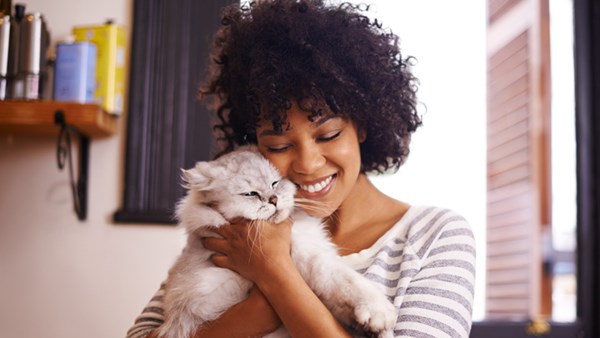
New to Medivet?
Join our nationwide network of practices, including 27 pioneering 24 hour centres. Find your nearest Medivet practice to register. Discover why Medivet is the right choice for your pet.
Register

